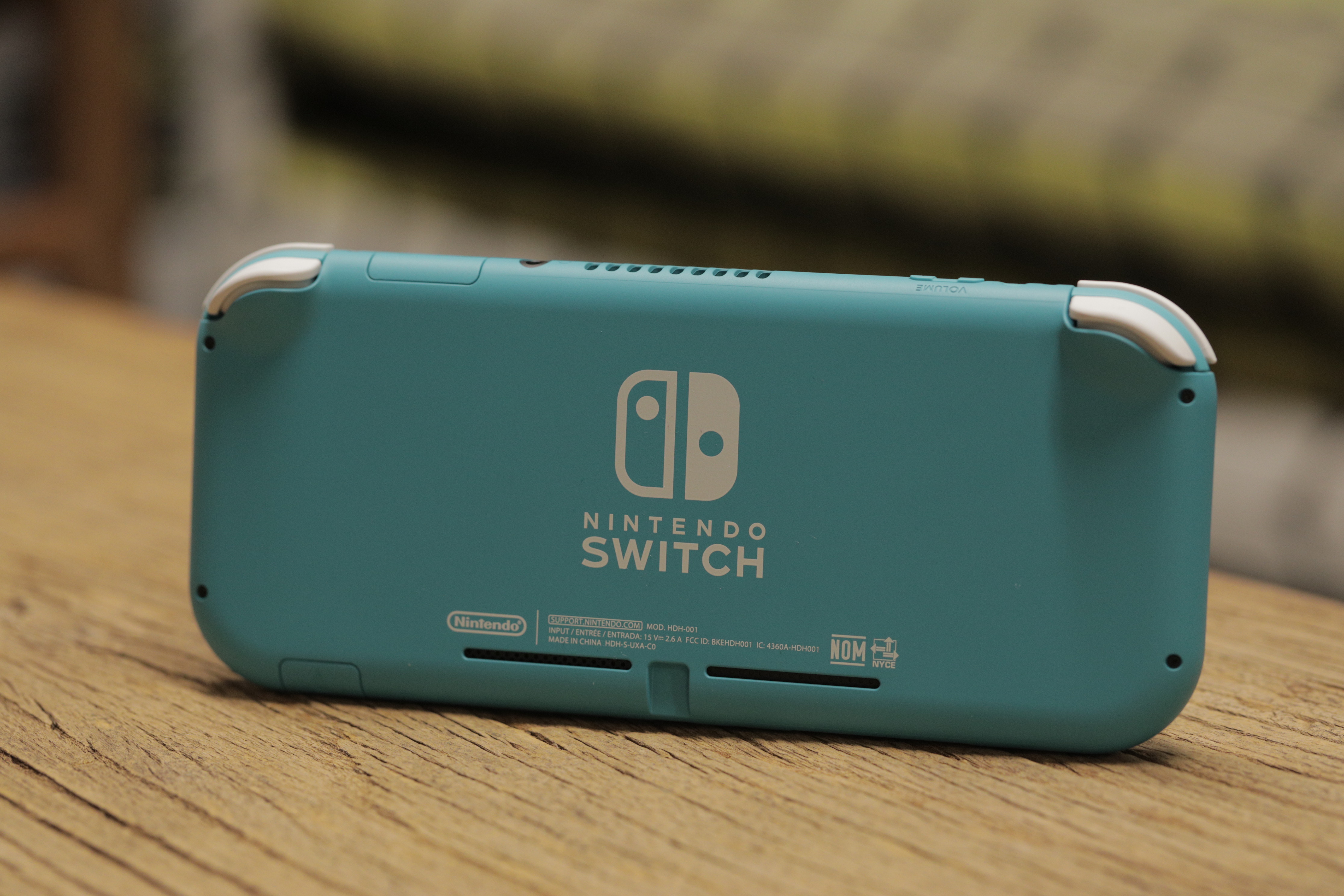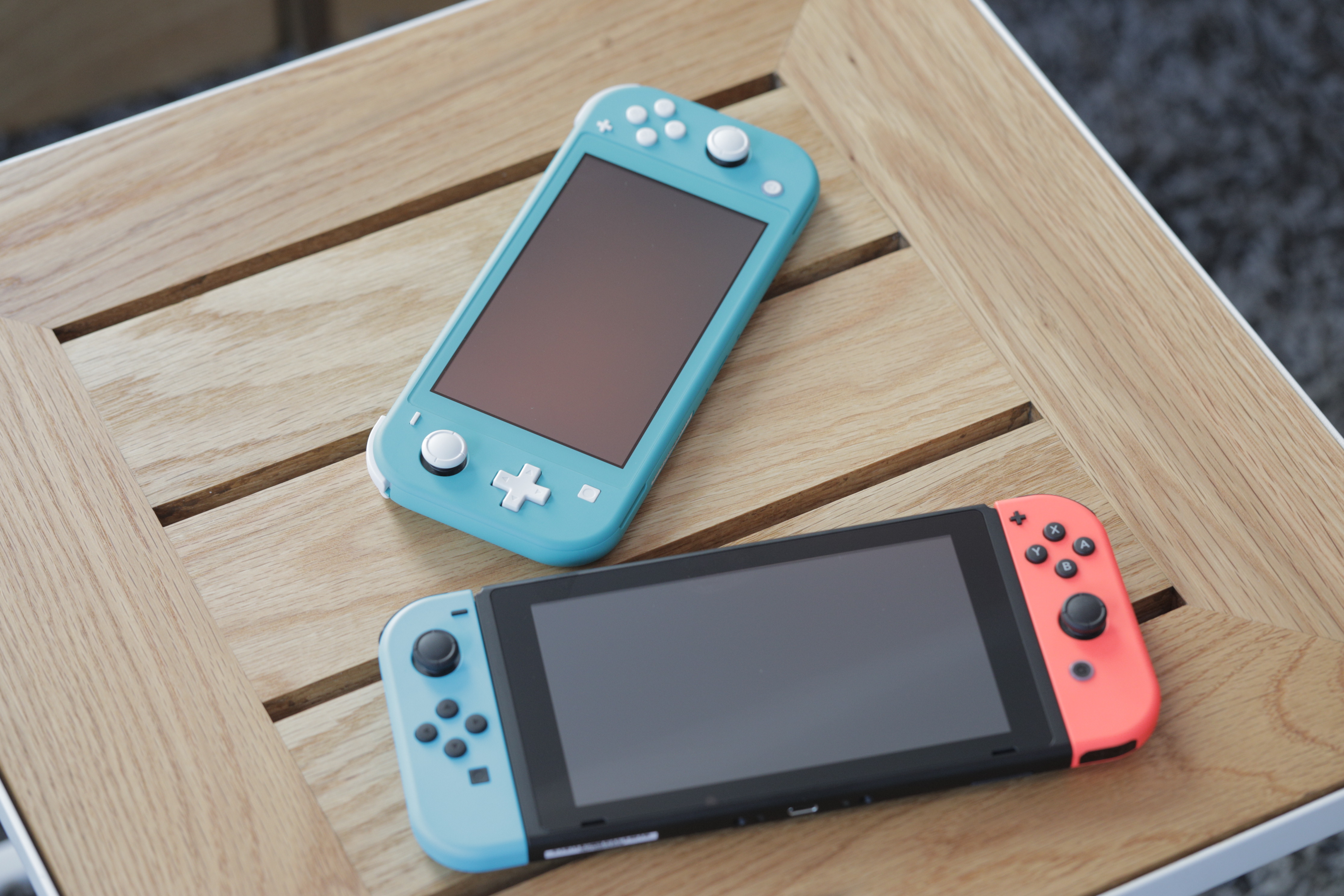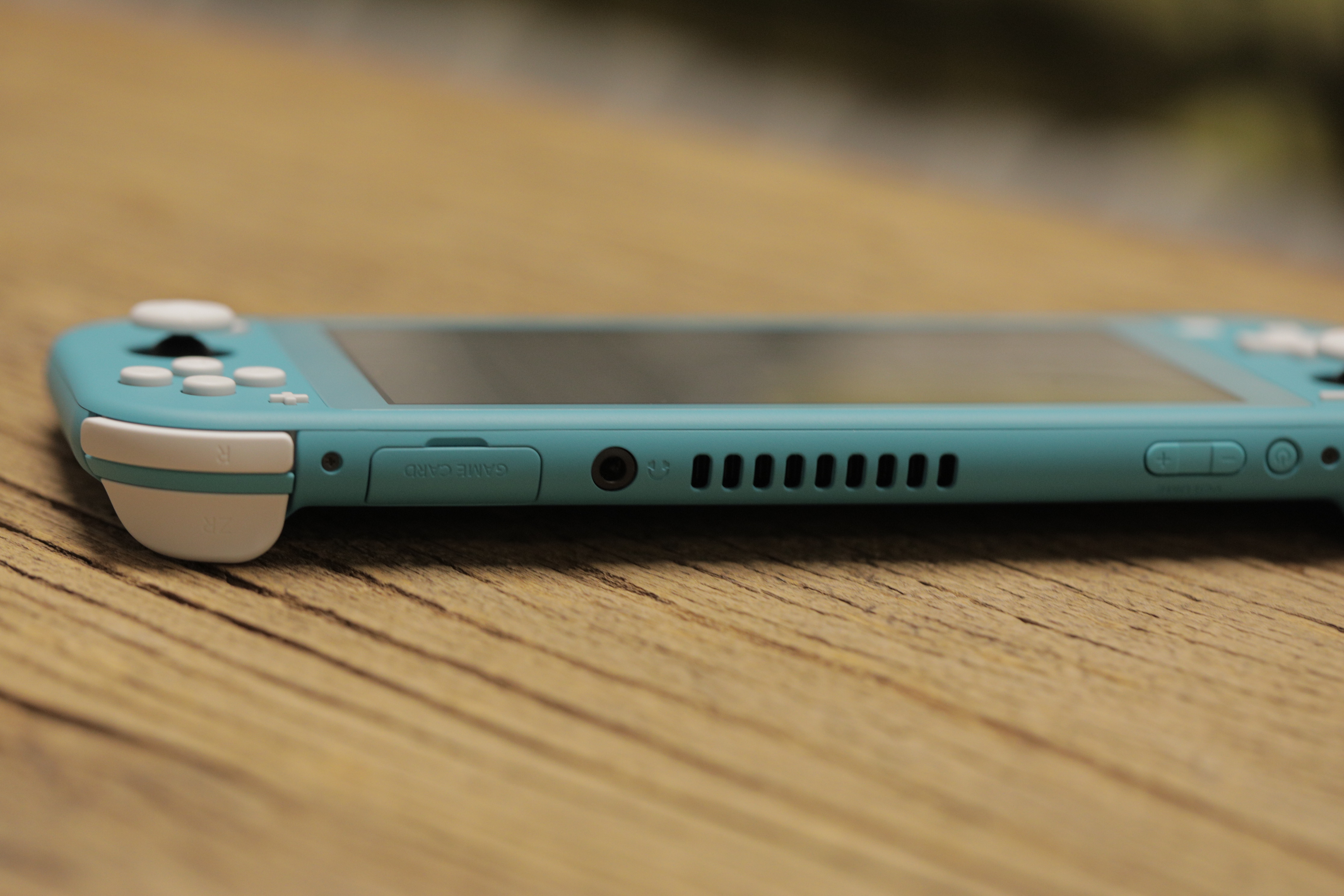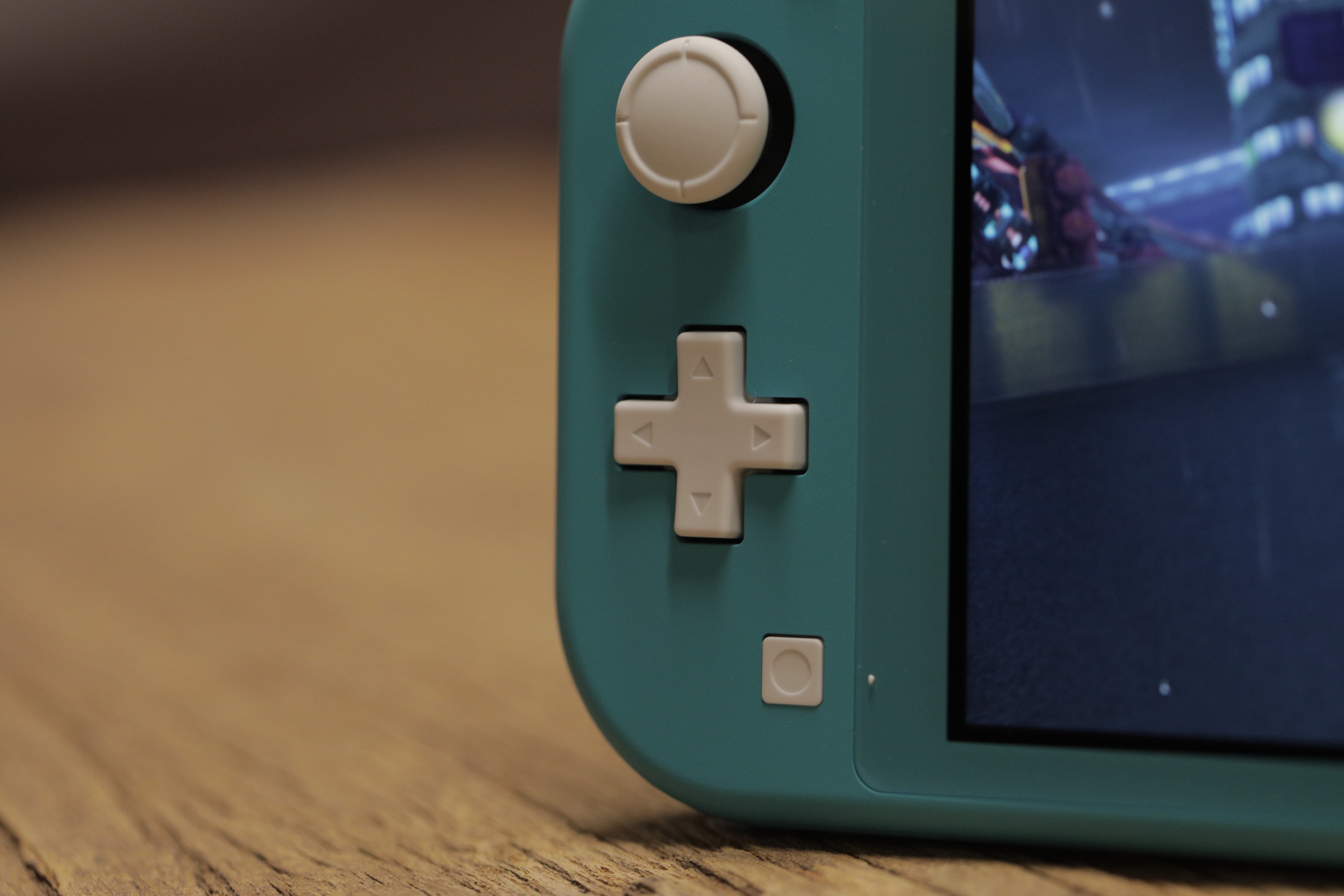Let me preface this by saying: I realize that I’m not necessarily the target user for the original Nintendo Switch. First: I don’t own a TV, and haven’t since high school. Second: I travel all the time for this damn job.
The combination of these things have made the device’s convertible form factor a bit of a nuisance. It’s big and heavy and the Joy-Cons semi-frequently slip off during game play. And while I’ve occasionally considered playing it in convertible mode, with the kickstand up, controllers detached as the console sits on, say, an airplane tray table, the capability ultimately isn’t worth the trade-offs.
It seems odd that “built-in controllers” is listed as a feature on a gaming console, but, then, I suppose it kind of is.

That’s all a lot of words to say that I was excited when the rumors around the Switch Lite first dropped. That enthusiasm carried over to a recent hands-on with the device. And now, here we are. Honestly, the Switch Lite is pretty much what I’d hoped for.
The Lite is noticeably smaller and lighter than the standard model, even without having both models handy, but here’s a shot from our hands-on for reference:

Of course, the form factor is still considerably larger than a majority of smartphones, which, at the end of the day are the Lite’s true competitor when it comes to mobile gaming. But Nintendo’s put a focus on first-party hardware, and the value of that proposition has played out remarkably well during the Switch’s nearly three-year life. Nintendo’s line has always been about making software for the hardware, and that certainly follows with the Switch line. It’s hard to imagine most of these first-party games successfully making the jump to mobile intact.
Nintendo certainly did right by the color scheme. As I wrote in the hands-on, the hardest question for me wouldn’t be whether or not to purchase a Switch Lite, but which color to get. Nintendo made the choice easy, sending a turquoise number in for review. The gray and yellow are also quite nice in different ways, but I was already leaning in that direction.

The portability’s the thing here, but shrinking the device down comes with some compromises. In addition to the loss of dockable TV versatility, the screen has been shrunk down from 6.2 to 5.5 inches (the resolution is the same admittedly unremarkable 720p). This is mostly noticeable in places like the menu, where the font has become more difficult for my aging eyes to read (the menu UI, admittedly, could still use some work). Longtime Switch players will notice the difference during gameplay, as well, but you’ll adjust soon enough — especially if you’ve grown accustomed to playing games on your phone.
The battery, too, is smaller, down to 3579mAh from 4310mAh, per FCC filings. Even so, the company is claiming three to seven hours of battery, compared to the original Switch’s 2.5 to 6.5. That slight upgrade appears to have been accomplished through a combination of a less power hungry (smaller) display and a more power efficient processor. The newer version of the classic Switch, meanwhile, sports a 4.5 to nine-hour battery. Given that a truncated life was the first gen’s biggest complaint, I’d have hoped that the company would have made battery progress on both sides — but you can’t win them all, I guess.

The headphone jack stayed put for the Lite. So, too, did the microSD and game card slots. Physical media isn’t quite dead in the gaming word just yet. The kickstand is gone because, well, there’s really no point without the detachable Joy-Cons. The other key physical difference is the addition of an omnidirectional D Pad, replacing the less-useful four arrows. I’ve honestly grown fairly accustomed to using the left stick for basically everything. Still, the arrival of the Lite’s D Pad is timed nicely with the addition of NES and Super NES titles to the Switch Online library. The button’s usefulness on standard Switch titles is a lot more limited, however. The pad also felt a bit softer than I was anticipating — something that takes some getting used to.
The Switch’s real killer app, however, is price: $200 feels just about right for the console. That’s down $100 from the standard Switch. Couple that with the surprisingly affordable $4 a month (or $20 a year) for Switch Online and you’ve got a pretty killer deal for a platform in its third year of life.
Forced to choose between the two models today, I’d almost certainly go for the Lite. Though I would grit my teeth a bit at the idea of sacrificing a couple of hours of battery life in the process. Of course, not everyone is me (thankfully). Most of you, for instance, are normal, well-adjusted people with television sets in their homes, and moving to the Lite means sacrificing the Switch’s namesake and most innovative feature.
[gallery ids="1883183,1883182,1883181,1883180,1883179,1883178,1871342,1871341,1871340,1871339,1871338,1871337,1871336,1871335,1871334,1871333,1871332,1871331,1871330"]
As someone who spends much of his life on subway cars and planes, this is the Switch I (and others, I’m sure) have been waiting for.
